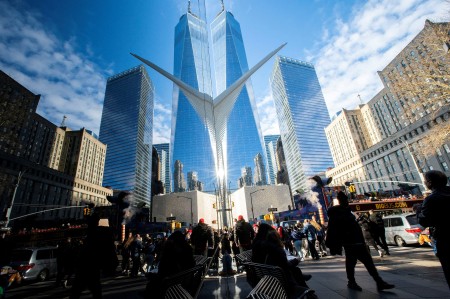By Nupur Anand
NEW YORK (Reuters) – Almost 50 U.S. lenders could fail in the coming years under pressure from higher interest rates and operational problems, Nomura analyst Greg Hertrich told reporters at the company’s New York office on Tuesday.
The collapses of three U.S. banks last year — Silicon Valley, Signature and First Republic — sparked worries about the financial health of regional lenders.
Profits at smaller institutions could be squeezed if U.S. interest rates decline this year because the banks will need to pay higher rates to customers to keep their money parked in accounts.
“Those deposits are expensive and there is a concern about whether or not that funding will remain at a smaller institution once rates start coming down,” said Hertrich, head of U.S. depository strategies at Nomura.
Declining rates could trigger outflows that lead to bank failures, he said, without specifying a time frame.
Also, geographic concentrations could leave lenders more exposed to local economic problems, while operational concerns include taking greater risks or letting expenses rise too much, Hertrich said.
Last month, regulators seized Philadelphia-based Republic First and agreed to sell it to Fulton Bank, a unit of Fulton Financial Corp. Republic First had been under pressure from higher costs and sluggish earnings.
Nomura’s projection is broadly in line with the Federal Deposit Insurance Corp’s list of “problem banks.” There were 52 on the list at the end of December, the highest since 55 lenders were on the FDIC list in the first quarter of 2021, according to a report by S&P.
Hertrich said he expects more industry consolidation. The U.S. currently has more than 4,500 banks, government data showed.
“We don’t think that is the right number of banks for the market, we expect it to be more around 2,500 over the course of a decade,” he said.
Going forward, deals are more likely to happen via market transactions than through FDIC-led processes, he added.
(Reporting by Nupur Anand in New York; editing by Lananh Nguyen)


